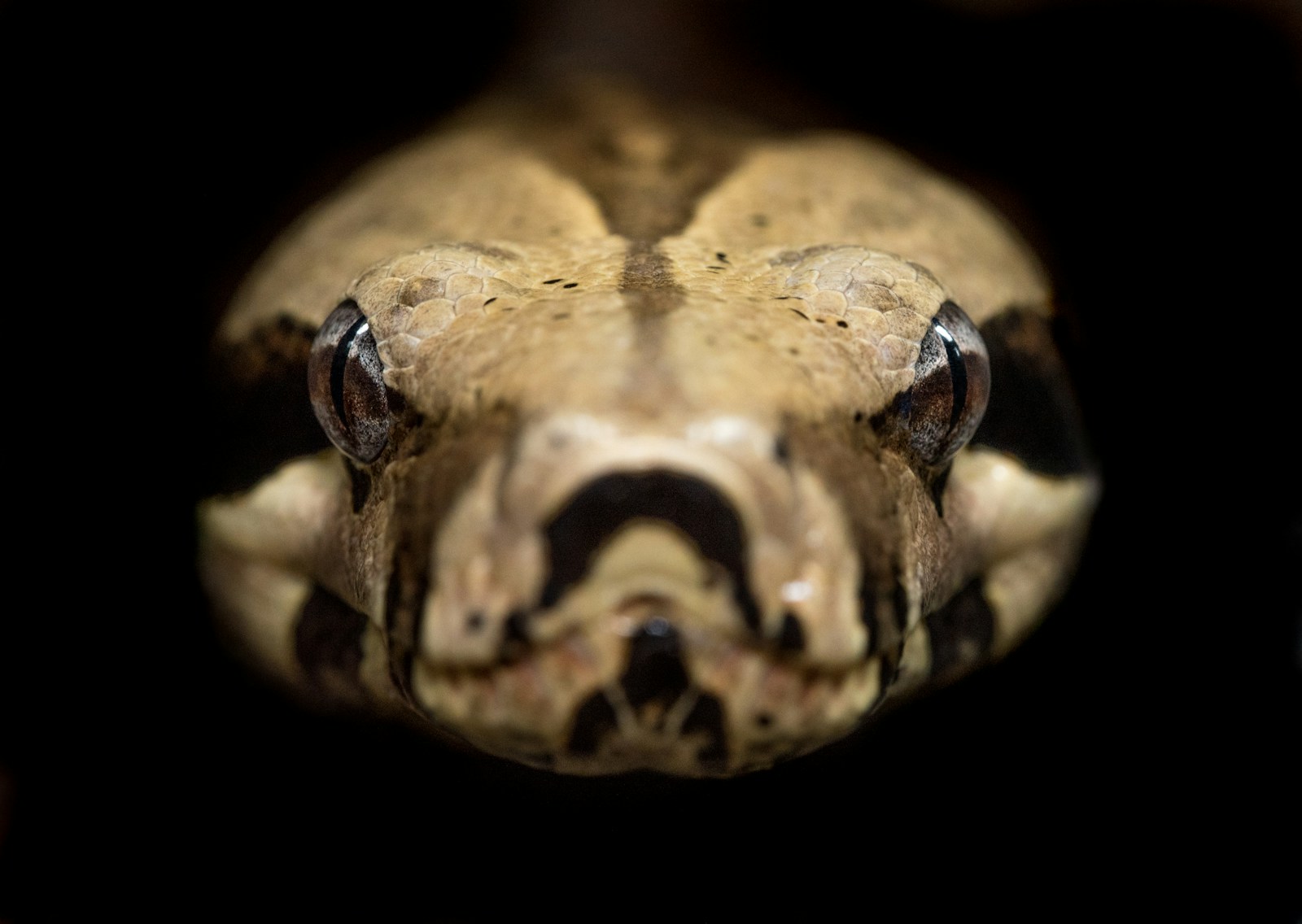Semi-fossorial snakes, those remarkable reptiles that spend significant portions of their lives underground, possess natural burrowing behaviors that are fascinating to observe in captivity. When kept as pets, these snakes thrive when allowed to express their innate digging instincts. Creating appropriate environments that facilitate and encourage burrowing not only satisfies these biological urges but also promotes better physical and psychological health for your serpentine companion. Whether you’re a new snake owner or an experienced herpetologist looking to perfect your husbandry techniques, understanding how to properly encourage and support these natural behaviors will significantly enhance your snake’s quality of life and strengthen the bond between keeper and reptile.
Understanding Semi-Fossorial Snake Behavior
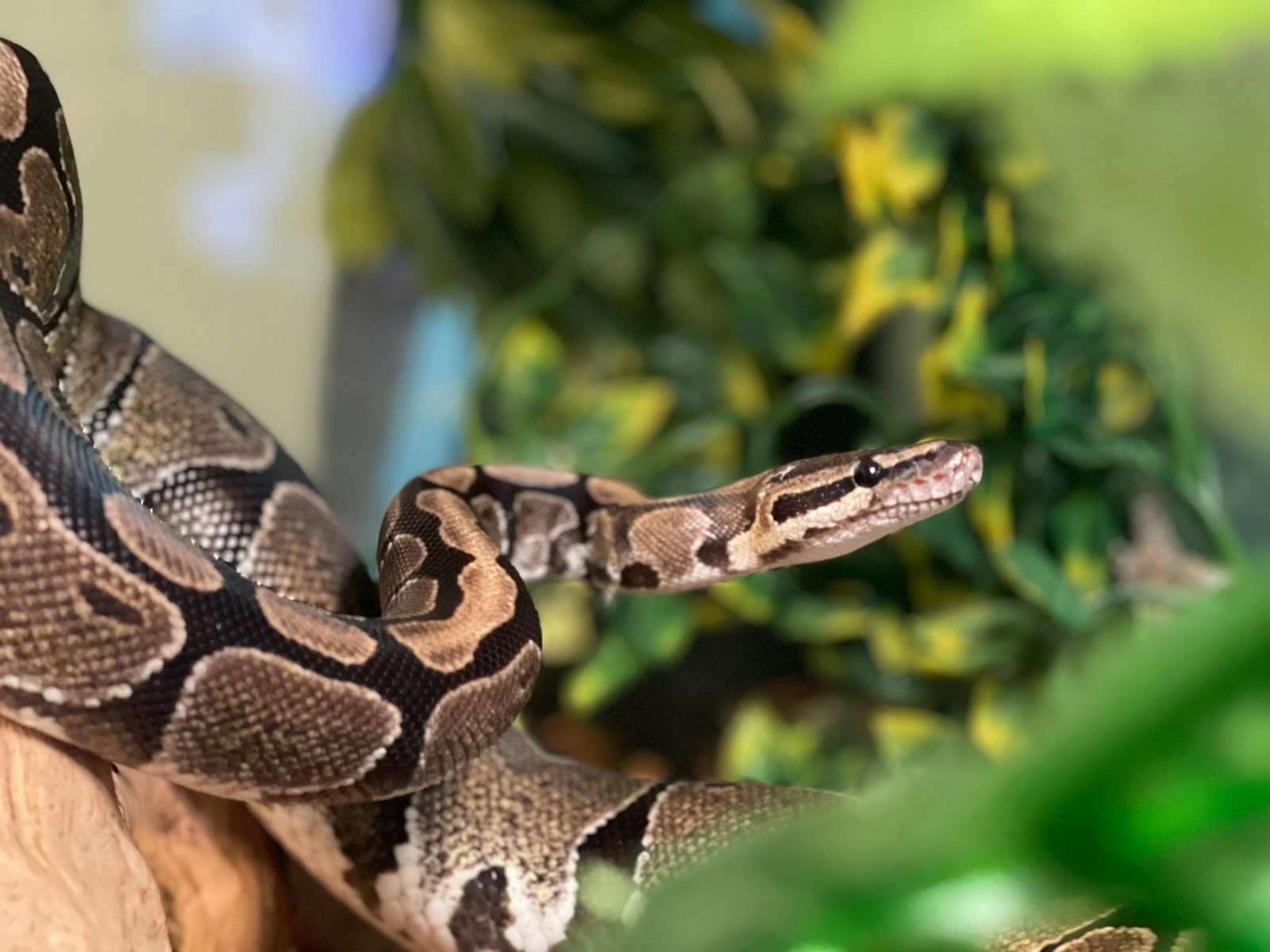
Semi-fossorial snakes have evolved specific adaptations that make them exceptional diggers in their natural habitats. These specialized reptiles typically possess reinforced rostral scales (on the snout), sturdy bodies, and smooth scales that facilitate movement through substrate. Species such as sand boas, children’s pythons, rosy boas, and many colubrids exhibit varying degrees of burrowing behavior as part of their natural hunting, thermoregulation, and predator avoidance strategies. Unlike fully fossorial species that rarely emerge above ground, semi-fossorial snakes maintain a balance between underground dwelling and surface activity, making them particularly interesting to observe in captivity. Understanding these natural behaviors provides the foundation for creating appropriate captive environments that allow these snakes to express their full behavioral repertoire.
Selecting the Right Substrate Types
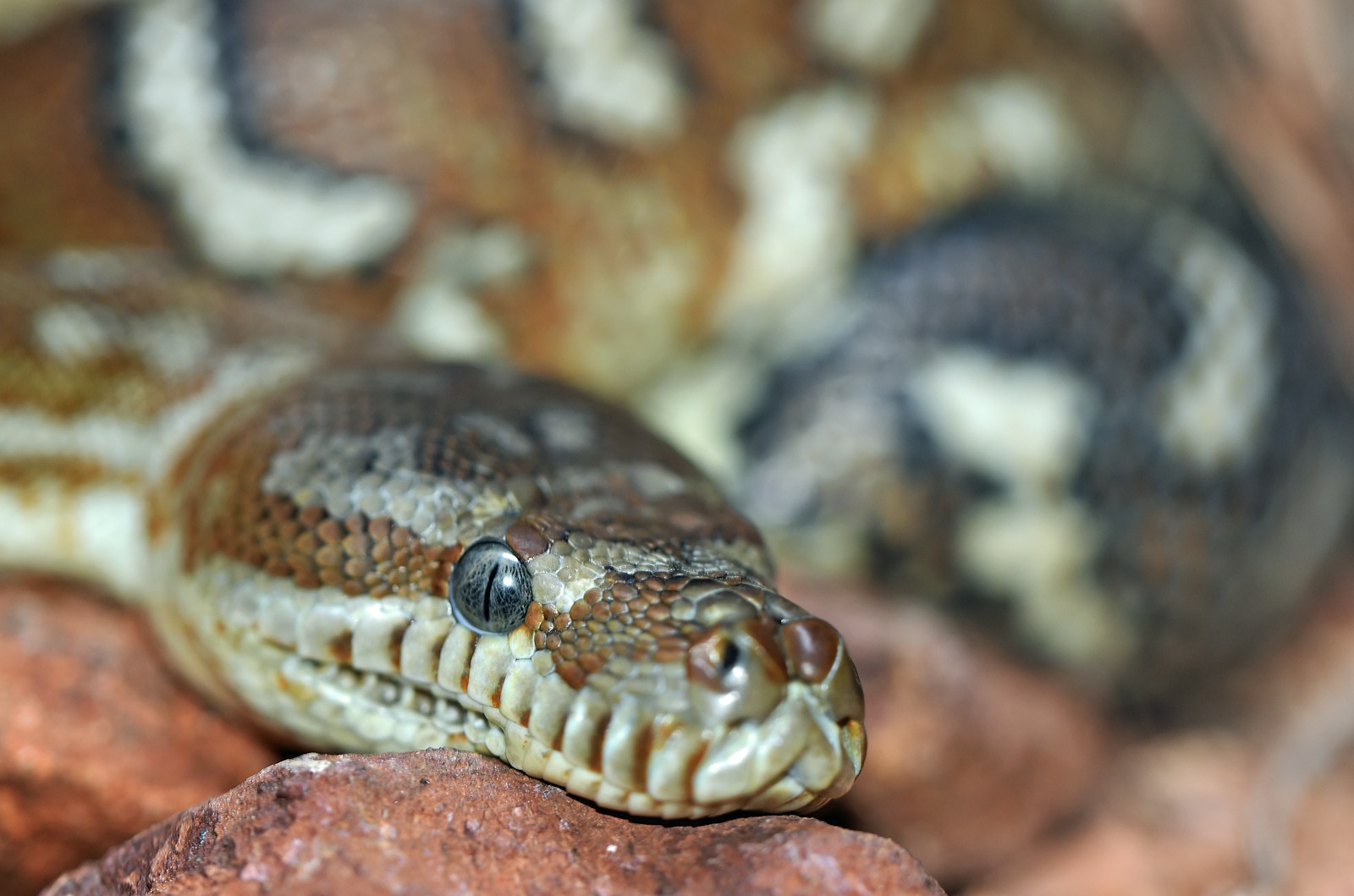
The choice of substrate is perhaps the most crucial factor in encouraging natural burrowing behaviors in semi-fossorial snakes. Ideal substrates should be loose enough to allow digging without collapsing, while still holding tunnels and burrows once created. Aspen shavings are particularly popular among keepers as they provide excellent structure for burrows without becoming compacted, and they naturally wick away moisture. Other excellent options include cypress mulch, which maintains humidity while still allowing for tunnel formation, or specialized reptile soils that mimic natural habitats. For desert-dwelling species, a mixture of play sand and topsoil (in a ratio of approximately 70:30) can create a naturalistic substrate that holds burrows well. Avoid dusty substrates like pure sand or those that become too compact when moist, as these can cause respiratory issues or prevent burrowing altogether.
Providing Adequate Substrate Depth
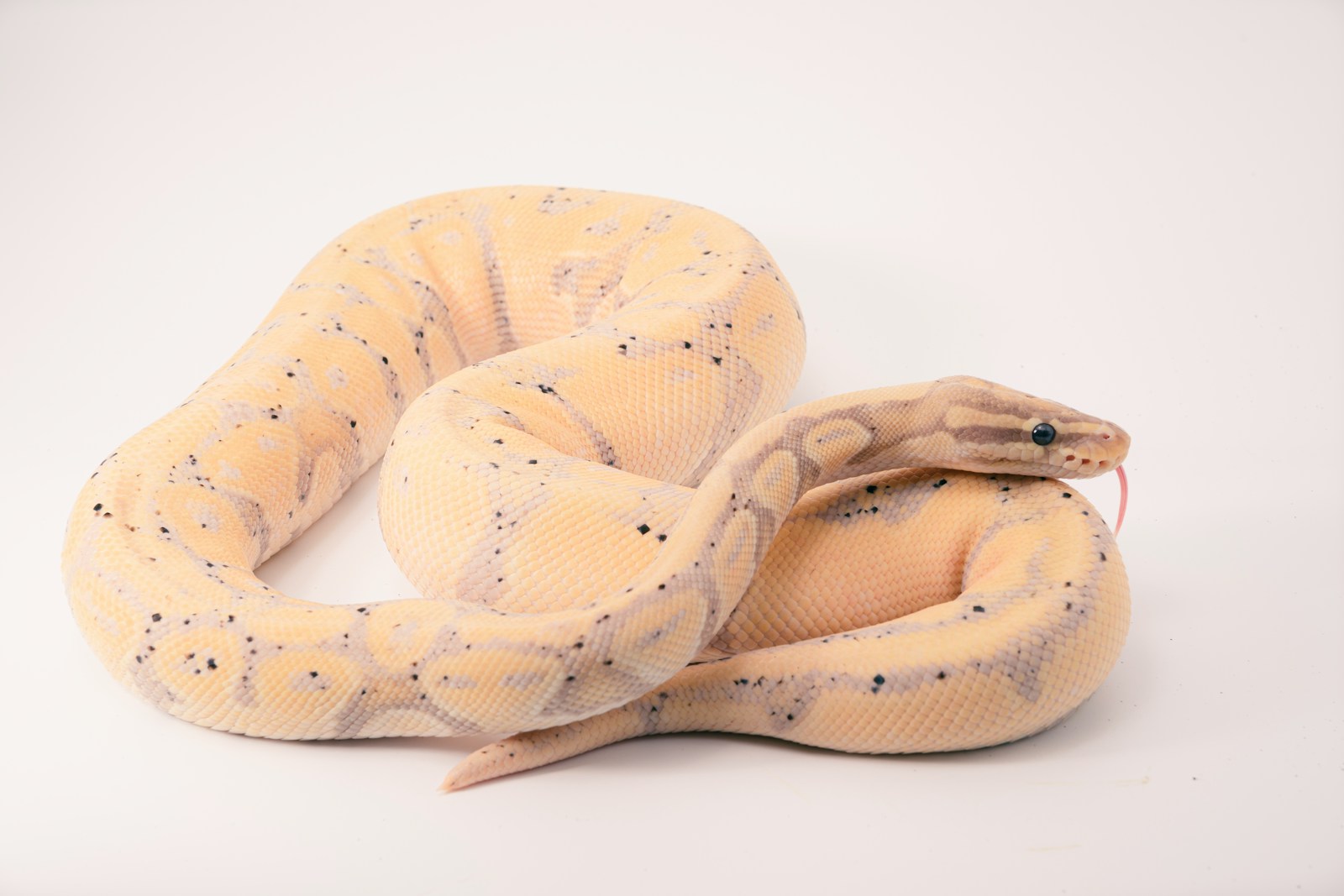
The depth of substrate is a critical yet often overlooked factor in encouraging burrowing behaviors. For most semi-fossorial species, a minimum substrate depth of 3-4 inches is necessary to allow for meaningful tunneling activity, though larger species may require significantly deeper substrate. Providing a gradient of substrate depths across the enclosure allows your snake to select its preferred burrowing depth based on factors like temperature and security needs. Creating a deeper substrate area at one end of the enclosure (6-8 inches) while maintaining a more moderate depth elsewhere gives your snake options for creating both shallow and deep burrow systems. Remember that insufficient substrate depth is one of the most common reasons captive semi-fossorial snakes fail to display natural burrowing behaviors, essentially preventing them from expressing an important part of their behavioral repertoire.
Creating Humidity Gradients
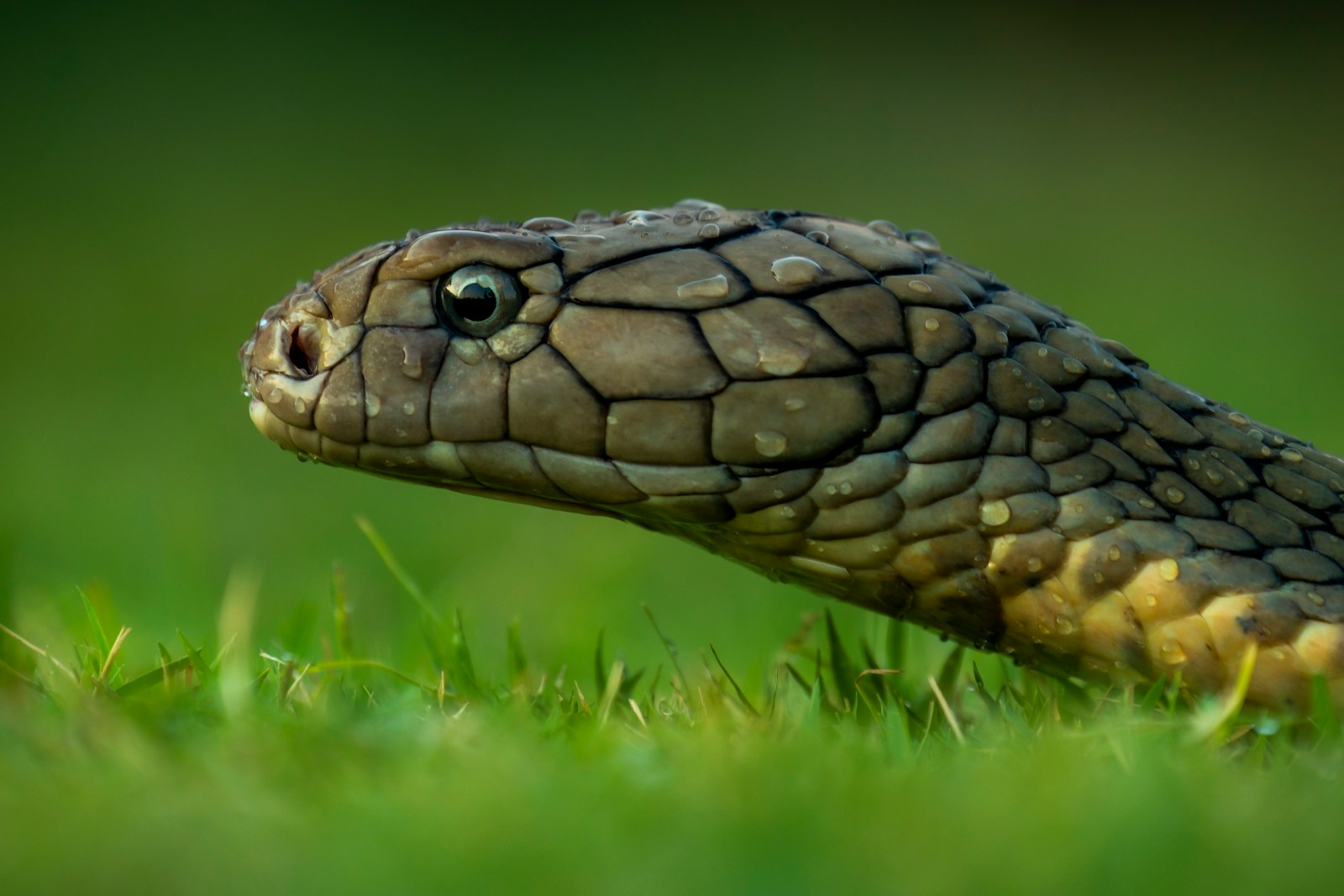
Many semi-fossorial species utilize burrows partly to access microhabitats with higher humidity levels than the surface environment. Recreating these natural humidity gradients in captivity can significantly encourage burrowing behavior. Consider misting one section of the enclosure lightly to create a moisture gradient through the substrate, being careful not to make it soggy or wet. This mimics natural conditions where the deeper substrate layers retain more moisture than surface layers. For desert-adapted species like sand boas, provide a small humid hide or area with slightly moister substrate to encourage exploration and burrowing in different substrate conditions. Monitoring humidity levels at different depths in your enclosure can help you maintain appropriate conditions that stimulate natural behaviors while preventing problematic issues like scale rot or respiratory infections from overly damp conditions.
Optimizing Temperature Stratification
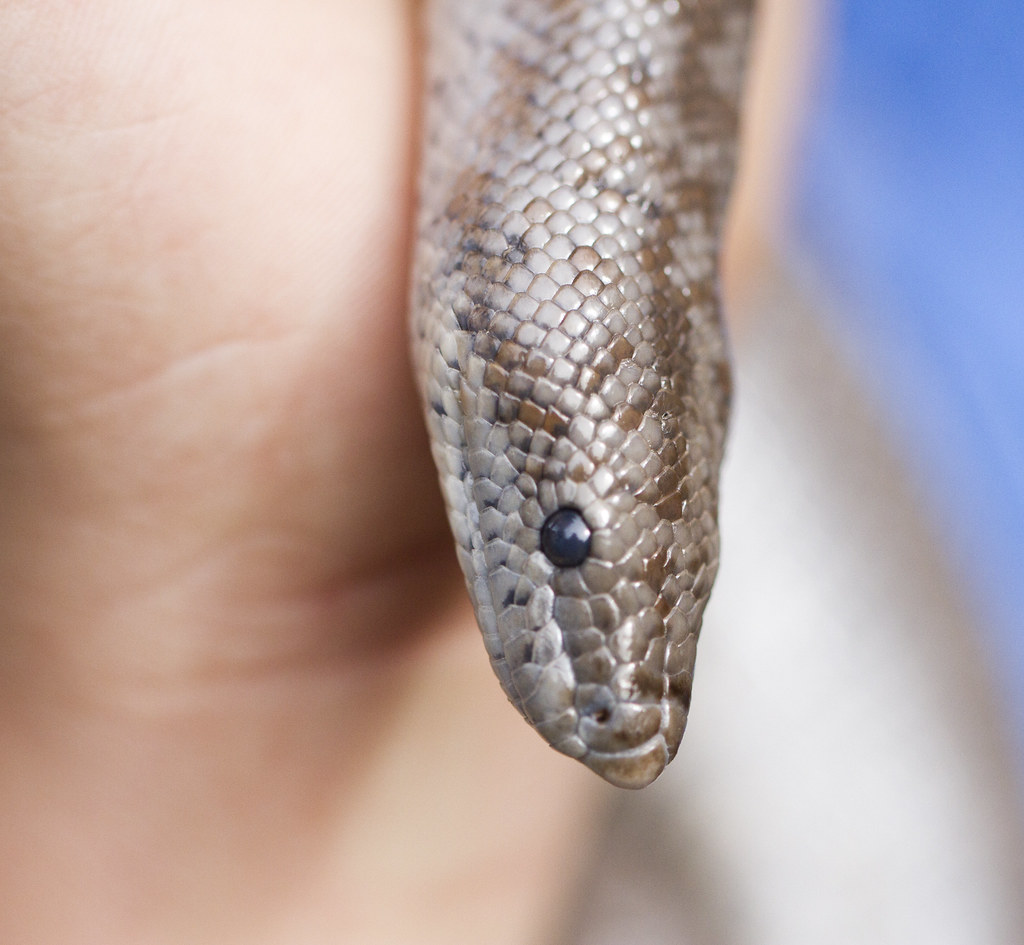
Temperature stratification within the substrate plays a significant role in driving burrowing behavior in the wild, as snakes dig down to escape extreme surface temperatures. In captivity, creating appropriate thermal gradients both horizontally and vertically through the substrate can encourage natural burrowing. Position heat sources to create a warm side and cool side of the enclosure, ensuring the warm side substrate surface reaches appropriate basking temperatures for your species. The beauty of proper thermal gradients is that the substrate temperature naturally decreases with depth, creating microhabitats at various temperatures that your snake can select between. This temperature stratification is particularly important for desert species that naturally burrow to escape daytime heat, emerging to hunt during cooler periods. Some keepers find that slightly cooler ambient temperatures (while maintaining appropriate basking spots) can encourage more active burrowing behavior as snakes seek out preferred thermal zones.
Incorporating Hide Spots and Tunnel Starters
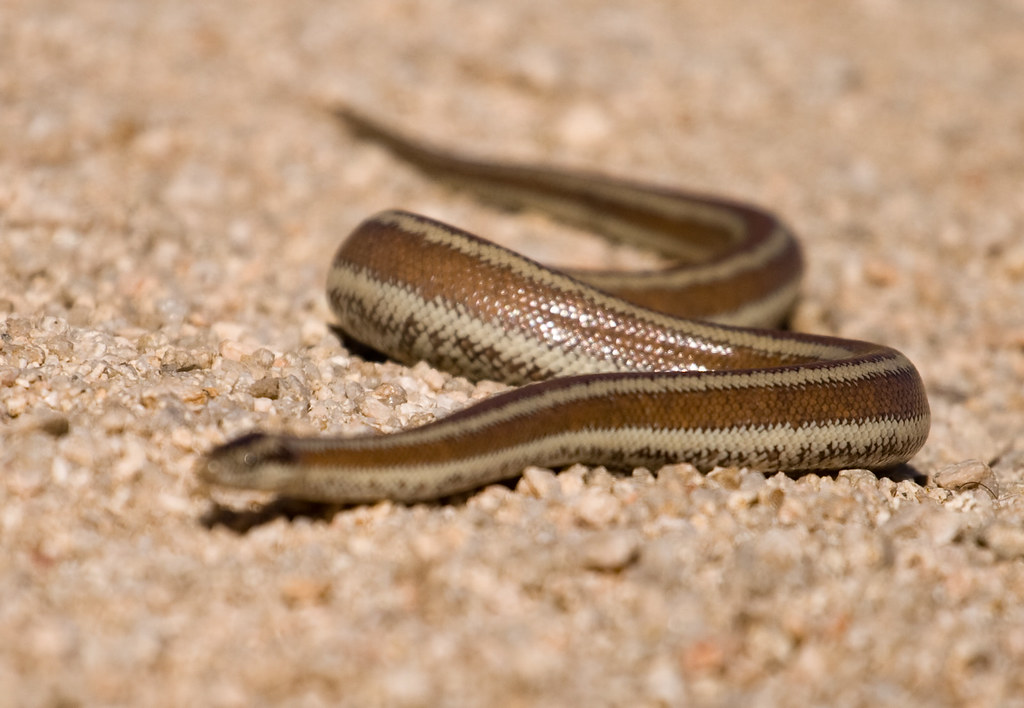
Strategic placement of hides and tunnel starters can significantly increase burrowing activity by providing security and initial structure. Cork rounds partially buried in the substrate create perfect starting points for tunnel systems, as they mimic natural hollow logs that many semi-fossorial species utilize in the wild. Half-buried cork flats or specialty reptile caves can serve as secure anchor points from which your snake might begin expanding its burrow network. Some keepers find success by creating simple starter tunnels using PVC pipes partially buried in the substrate, which snakes often modify and expand upon with their own digging. These structural elements not only encourage burrowing but also provide security that allows shy species to feel comfortable enough to engage in natural behaviors even in a captive setting.
Designing Naturalistic Enclosures
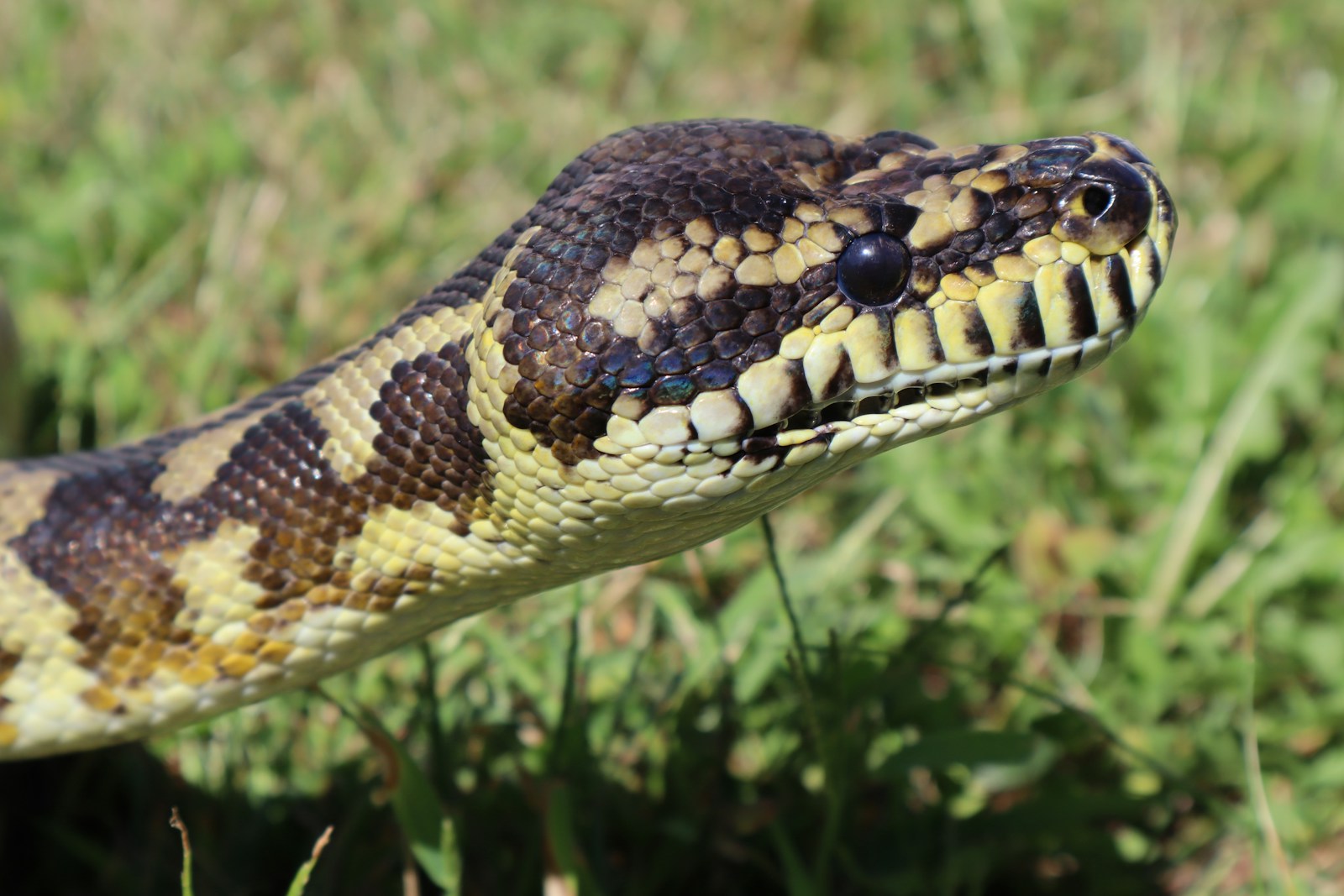
Naturalistic enclosures that mimic wild habitats can dramatically increase burrowing behaviors by providing contextual environmental cues. Incorporate elements like natural rock formations, live or artificial plants with root systems, and varied topography to create a more stimulating environment that encourages exploration and digging. These features provide visual and physical barriers that make snakes feel secure enough to engage in natural burrowing behaviors. Many keepers find that bioactive setups with cleanup crews and live plants create an environment where burrowing behavior becomes more prominent and complex over time. Creating small hills and valleys in the substrate rather than a perfectly flat surface can also trigger instinctive responses, as snakes may dig into slopes or mounds more readily than flat areas.
Selecting Appropriate Enclosure Types
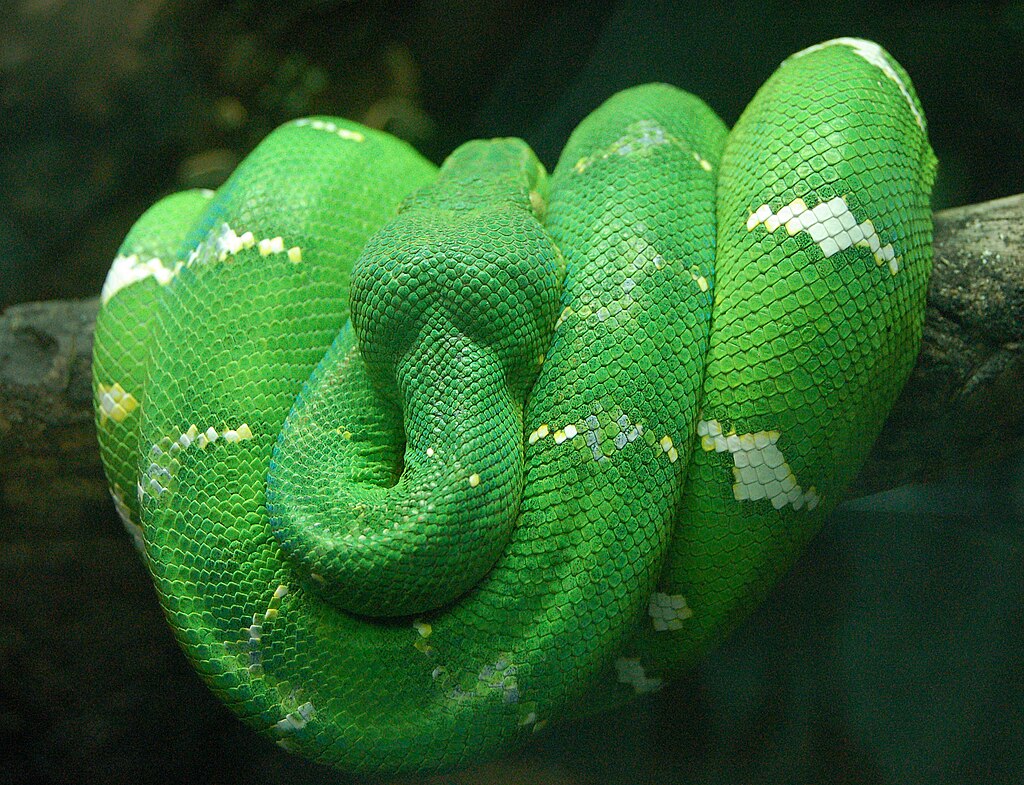
The enclosure itself plays a significant role in facilitating burrowing behaviors in semi-fossorial species. Front-opening terrariums are often preferable to top-opening designs, as accessing the snake from above can destroy burrow systems and increase stress, potentially discouraging further burrowing attempts. Wider, shorter enclosures generally work better than tall, narrow ones, as they provide more ground surface area for tunnel systems to develop. For serious burrowers, specialized enclosures with deeper bottoms or custom-built naturalistic vivaria may be worth the investment. Some advanced keepers utilize clear-sided enclosures or even specialized ant-farm style setups with narrow viewing panels to observe their snake’s underground activities without disruption, though these require careful planning to provide proper temperature gradients and security.
Feeding Strategies to Encourage Natural Behaviors
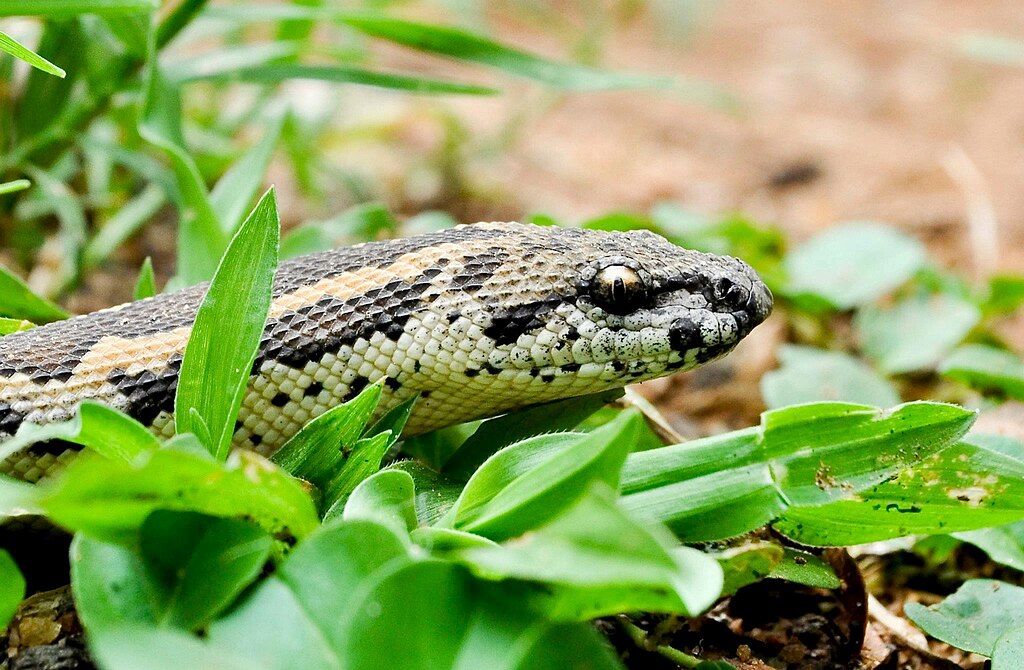
Feeding techniques can be leveraged to encourage burrowing behaviors in semi-fossorial snakes, as many of these species are ambush predators that naturally wait for prey while partially or fully buried. Consider occasionally burying food items partially in the substrate to stimulate hunting behaviors that involve digging and ambushing. For snakes accustomed to feeding in captivity, scent-trailing techniques where prey items are dragged across the substrate before being partially buried can trigger intensive digging and searching behaviors. Always monitor these feeding sessions carefully to ensure your snake is able to locate and consume food without ingesting substrate. Some keepers find that slightly reducing feeding frequency (within appropriate parameters for the species) can encourage more active hunting and burrowing behaviors between meals as snakes become more motivated to search for potential prey.
Handling Considerations and Burrowing Behavior
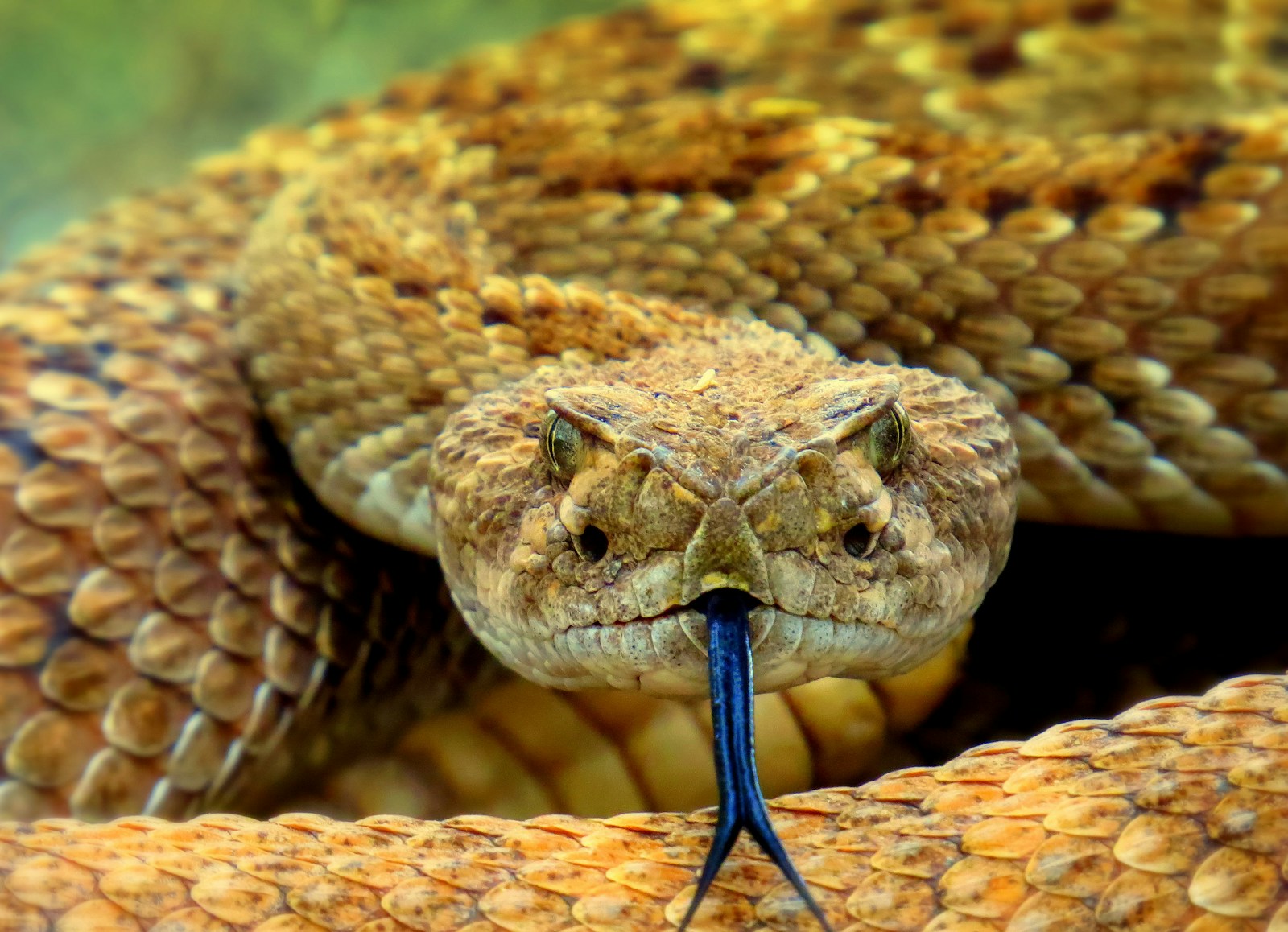
The frequency and method of handling can significantly impact burrowing behavior in semi-fossorial snake species. Excessive handling, particularly during periods when the snake would naturally be engaged in burrowing activity, can disrupt natural behavior patterns and increase stress. When handling is necessary, take care to retrieve your snake in ways that minimize disruption to existing burrow systems, such as gently uncovering just enough of the snake to safely grasp it rather than digging through the entire substrate. Many experienced keepers establish a regular handling schedule that allows for sufficient undisturbed time for the snake to create and utilize burrow systems between interaction sessions. New snakes should generally be given several weeks to establish burrows and settle into their environment before regular handling begins, as this initial period of security often results in more confident burrowing behaviors long-term.
Addressing Common Burrowing Problems
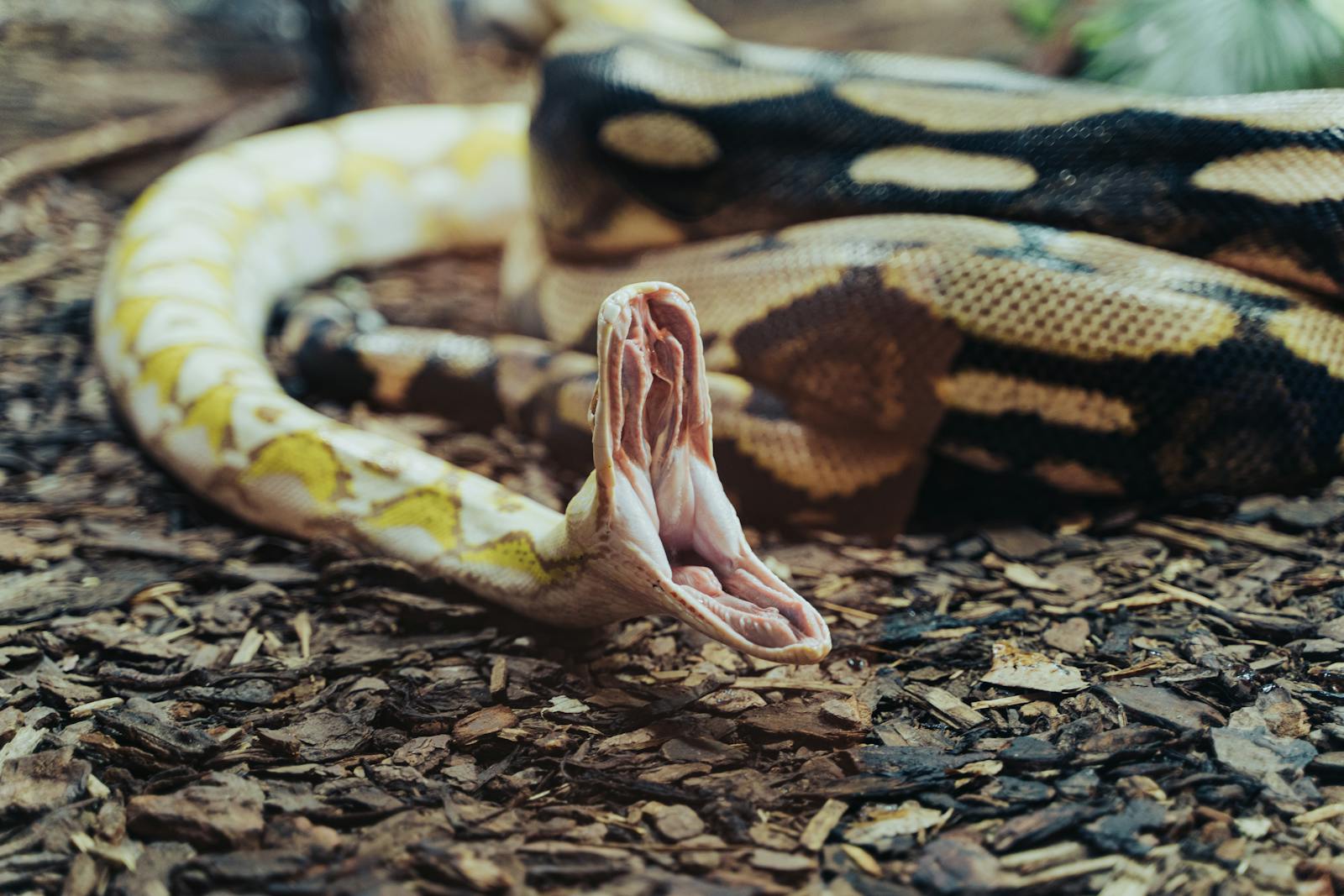
When semi-fossorial snakes fail to display natural burrowing behaviors in captivity, several common issues may be responsible. Substrate that’s too compact, too shallow, or inappropriate for the species is the most frequent culprit and should be the first factor examined. Environmental stressors like improper temperatures, excessive vibration near the enclosure, or too much exposure (enclosures without enough visual barriers) can also inhibit natural behaviors. Some snakes may simply need more time to acclimate to their environment before exhibiting confidence in creating extensive burrow systems. In rare cases, health issues like respiratory infections, parasites, or injuries may prevent normal burrowing activity, warranting veterinary examination. Maintaining detailed records of behavior, environmental parameters, and any changes to husbandry can help identify patterns and potential solutions when burrowing problems arise.
Species-Specific Burrowing Considerations
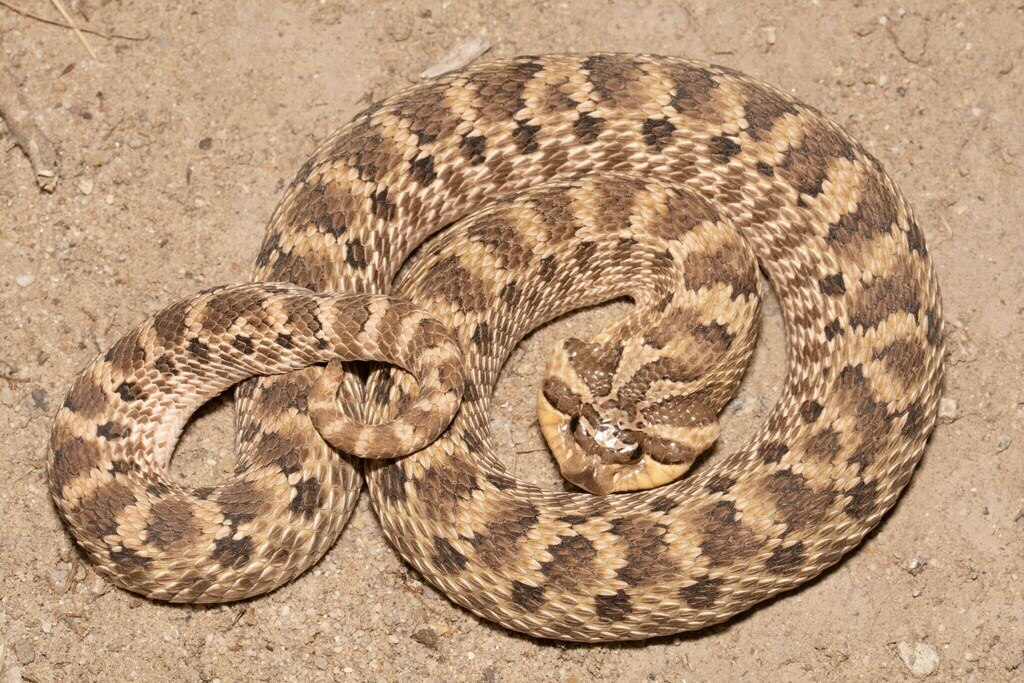
Different semi-fossorial species have evolved unique adaptations and behaviors for burrowing that should be considered when creating their captive environments. Kenyan sand boas (Eryx colubrinus) thrive in deep, sandy substrates with relatively low humidity and benefit from small prey items that can be ambushed from beneath the surface. Rosy boas (Lichanura trivirgata) prefer slightly more humid substrate with mixed particle sizes that hold tunnels well. Children’s pythons (Antaresia childreni) appreciate substrate that allows for both surface and subsurface hunting and benefit from numerous hide spots throughout their enclosure. Western hognose snakes (Heterodon nasicus) have specialized upturned snouts for efficient digging and demonstrate more active burrowing when provided with at least 4-6 inches of loose, slightly dry substrate. Research your specific species’ natural habitat and behaviors to optimize your husbandry approach for encouraging species-appropriate burrowing activities.
Monitoring and Documenting Burrowing Success
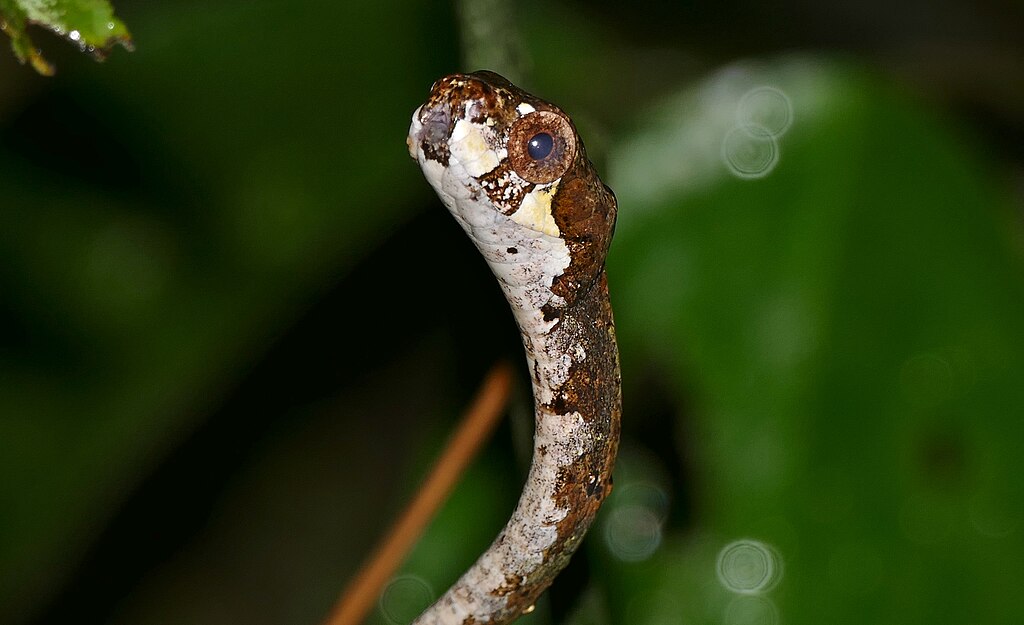
Observing and documenting your snake’s burrowing behaviors provides valuable insights that can help you refine your husbandry techniques over time. Consider keeping a journal noting when and where your snake creates new tunnels, how it utilizes existing burrows, and how environmental changes affect burrowing patterns. Strategic placement of glass viewing areas or the occasional use of gentle red lighting during nighttime hours can allow observation without disturbing natural behaviors. Some enthusiasts use timelapse photography or video to document burrowing activities that might otherwise go unnoticed. Sharing your observations with other keepers through forums or social media groups can contribute to the collective knowledge about semi-fossorial species and potentially reveal new insights about encouraging these fascinating natural behaviors. Remember that successful burrow systems are evidence of good husbandry practices and a snake that feels secure enough to express its natural behaviors.
The journey to encouraging natural burrowing behaviors in semi-fossorial snakes combines science, observation, and patience. By creating environments that respect and facilitate these innate behaviors, you’re not just keeping a snake—you’re providing an opportunity for it to express its full behavioral repertoire in captivity. The reward for your efforts will be a fascinating glimpse into the secretive underground world of these remarkable reptiles, a healthier and more active pet, and the satisfaction of knowing you’ve created a truly species-appropriate environment. As you continue to refine your husbandry techniques and learn from your snake’s behavior, you’ll develop an even deeper appreciation for the remarkable adaptations that allow these creatures to thrive in their subterranean domain.

